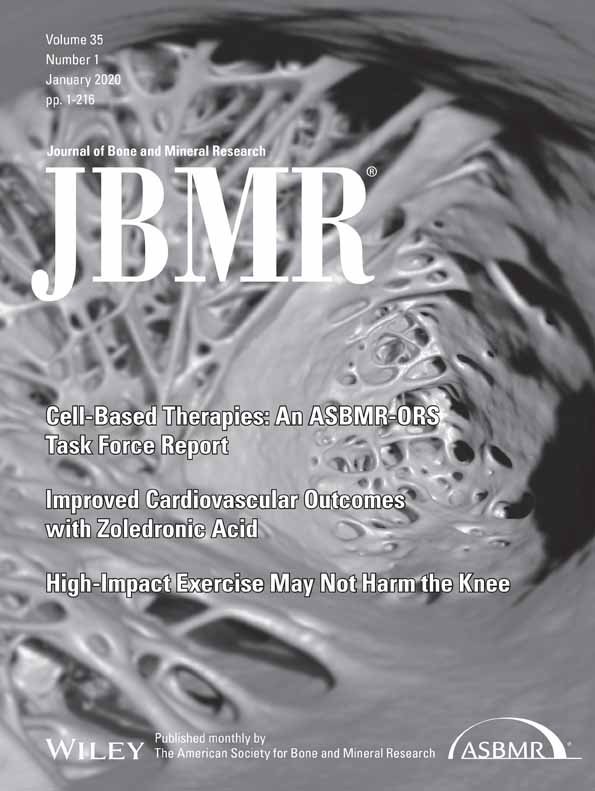Some Questions About the Article “The Efficacy and Safety of Vertebral Augmentation: A Second ASBMR Task Force Report”
- Only one article (reference 8)2 recruited patients who all had pain duration for less than 6 weeks. Interestingly, it was this RCT which concluded that vertebroplasty was superior to placebo surgery.
- Two articles (references 6 and 11)3, 4 included patients with pain less than 6 weeks (accounting for about 30% of the total participants in both articles). However, they did not show the data from these patients separately.
- In references 63 and 11,4 the author used pain reduction; in reference 8,2 the author used pain score. Hence, the measurements of the outcome were not comparable among these articles.
- There was no data at all for patients with pain less than 6 weeks in reference 7.5 However, in the “subgroup analysis” on page 9, the authors stated that reference 7 included participants with symptom duration of 6 weeks or less.
- The data for pain duration in reference 96 were confusing. It was clearly pointed out in the article that the inclusion criteria was pain duration greater than 6 weeks. Twenty-two of the 90 participants (24%) in the vertebroplasty group and 12 of the 86 participants (14%) in the sham procedure group had pain for more than 6 weeks and less than 9 weeks before randomization. But in Table 1, it showed that the median time from onset of symptoms to treatment was 43 days (interquartile range, 29–52 days) in the vertebroplasty group and 36 days (interquartile range, 24–51 days) in the sham procedure group. The pain duration was inconsistent in this article, so the data reliability was questionable.
Taken together, the data from these articles might not be suitable for proper meta-analysis on the subject of outcomes after the vertebroplasty in patients with pain less than 6 weeks.
Therefore, we believe that the conclusion drawn in this article could be expressed as “Task Force conclusions hold for a lack of effect on pain greater than 6 weeks (chronic), but there are methodological limitations which do not allow conclusions about the effect before 6 weeks (acute).”




